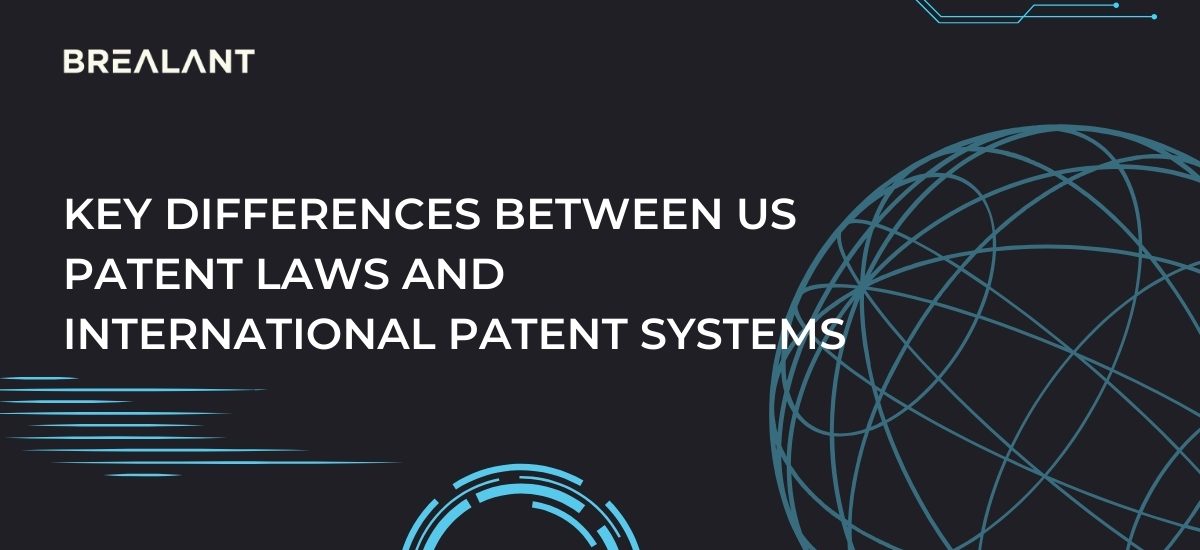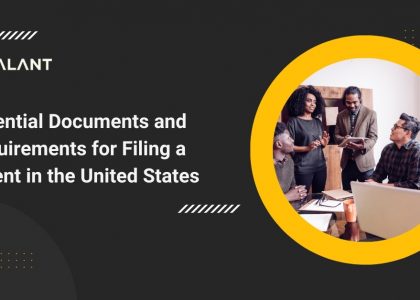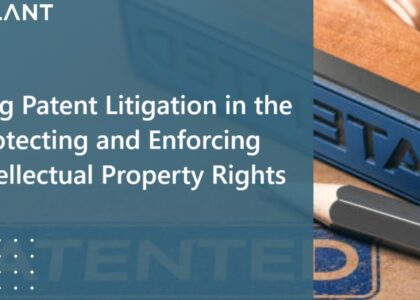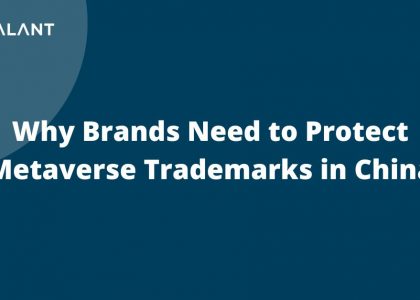Patents are essential tools for protecting intellectual property, fostering innovation, and encouraging economic growth. However, patent laws and regulations can vary significantly from one country to another. This creates a complex landscape for inventors and businesses seeking to secure their innovations globally.
In this blog post, we will explore the key differences between US patent laws and international patent systems to help you better understand the challenges and opportunities in the world of intellectual property.
Territorial vs. Global Protection
- One of the fundamental distinctions between US patent laws and international patent systems is the scope of protection they offer. The US patent system is territorial, meaning that a patent issued by the United States Patent and Trademark Office (USPTO) only protects within the boundaries of the United States. If you want protection in other countries, you must file separate patent applications in each of those countries.
- In contrast, international patent systems, such as the Patent Cooperation Treaty (PCT) and the European Patent Convention (EPC), allow inventors to file a single application that can be used as the basis for seeking patent protection in multiple countries. While these systems streamline the application process, they do not provide a global patent.
Patent Duration
- Another important difference between US patent laws and international patent systems is the duration of patent protection. In the United States, utility patents typically have a term of 20 years from the filing date, while design patents last for 15 years.
- In contrast, international patent systems may have varying patent durations. The European Patent Convention, for example, provides for a term of 20 years for most patents, but this can vary depending on certain factors.
Examination and Grant Process
- The patent examination and grant process also vary between the US and international patent systems. In the United States, patent examiners assess patent applications to determine whether the invention meets the criteria for patentability. These criteria generally include novelty, non-obviousness, and usefulness. The USPTO issues patents based on a “first-to-invent” system, meaning the first person to invent a technology may be granted the patent, even if someone else files for a patent application first.
- In contrast, many international patent systems operate on a “first-to-file” basis. This means that the first person to file a patent application for a specific invention is granted the patent, regardless of who invented it first.
Costs and Fees
- The costs and fees associated with obtaining and maintaining patents differ significantly between the US and international patent systems. In the United States, the cost of filing a patent application can be substantial, with fees for filing, searching, and examination. Additionally, maintenance fees must be paid at regular intervals to keep the patent in force.
- International patent systems also involve fees, but these can vary widely depending on the country and the number of countries in which protection is sought.
Language and Translation Requirements
- Language and translation requirements are significant differences between US patent laws and international patent systems.
- Many international patent systems require applicants to file patent applications in the native language of the respective country or, in some cases, in the official language of the patent office. This can lead to substantial translation costs and administrative complexities.
- The Patent Cooperation Treaty (PCT) mitigates some of these translation issues by allowing applicants to submit a single international application in one of the PCT’s official languages, which is then translated into English for the international search report.
Enforcement and Litigation
- Enforcing patent rights and dealing with litigation also varies significantly between the US and international patent systems. In the United States, patent enforcement typically occurs in US courts, where patent holders can take legal action against infringers. The litigation process can be costly and time-consuming, but the US has a well-established legal framework for patent enforcement.
- International patent systems do not provide a single global enforcement mechanism. Instead, patent holders must navigate the legal systems of individual countries to protect their rights.
Differences in Patentable Subject Matter
- Another key difference between US patent laws and international patent systems is the scope of patentable subject matter. The United States has a broad definition of patentable subject matter, which includes patents for software, business methods, and some biotechnology innovations.
- In addition to subject matter, the level of scrutiny for patentable inventions may also differ. For example, some international jurisdictions may be more rigorous in evaluating the non-obviousness of an invention or may have stricter standards for demonstrating utility.
Conclusion
Navigating the complex landscape of patent laws and international patent systems can be challenging but essential for inventors and businesses seeking to protect their innovations globally. Understanding the key differences between US patent laws and international patent systems is crucial for making informed decisions and effectively managing intellectual property assets. At Brealant, experienced IP professionals will help you gain invaluable insight into patent laws and secure a patent for your creation.
Disclaimer-Brealant provides access to independent attorneys and self-service tools, is not a law firm, and does not provide legal advice.










